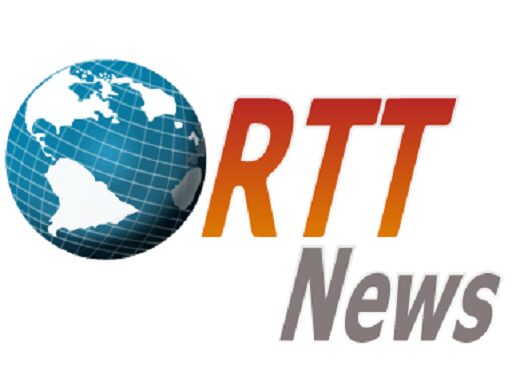
Gold futures settled higher on Friday as the dollar turned weak, falling from a six-month high it touched in the previous session.
Encouraging retail sales and industrial production data from China, and expectations that interest rates in the U.S. and Europe may have peaked, weighed on U.S. dollar.
The dollar index, which dropped to 105.08, recovered to 105.26, but still remained weak, netting a loss of about 0.14%.
Gold futures for December ended higher by $13.40 or about 0.7% at $1,946.20 an ounce.
Silver futures for December ended up $0.392 at $23.386 an ounce, while Copper futures for December settled lower by $0.0205 at $3.8010 per pound.
“Gold prices are surging as risk aversion percolates and as long-run inflation expectations show the consumer is expecting an inflation slowdown. A lot of pessimism is growing across Europe and that is triggering some safe-haven flows towards gold,” says Edward Moya, Senior Market Analyst at OANDA.
On Thursday, the European Central Bank (ECB) piled on a 10th straight interest-rate increase but signaled a potential end to its rate-hike campaign aimed at curbing inflation.
Elsewhere, in the U.K., some recent speeches from MPC members have added fuel to the speculation that the Bank of England (BoE) is starting to consider pausing interest rate hikes.
China’s industrial production posted an annual increase of 4.5%, while analysts expected output to climb moderately by 3.9% after a 3.7% increase in July.
Likewise, growth in retail sales improved to 4.6% in August from 2.5% in the previous month. This was also better than economists’ forecast of 3%.
In U.S. economic data, data from the Labor Department showed import prices climbed by 0.5% in August after a downwardly revised 0.1% uptick in July. Economists had expected import prices to rise by 0.3% compared to the 0.4% increase originally reported for the previous month.
Meanwhile, the report said export prices spiked by 1.3% in August after climbing by a downwardly revised 0.5% in July.
A separate report released by the New York Fed showed a substantial turnaround in New York manufacturing activity in the month of September.
The Federal Reserve also released a report showing U.S. industrial production climbed by 0.4% in August following a downwardly revised 0.7% advance in July. Economists had expected industrial production to inch up by 0.1% compared to the 1% jump originally reported for the previous month.
Source: Read Full Article